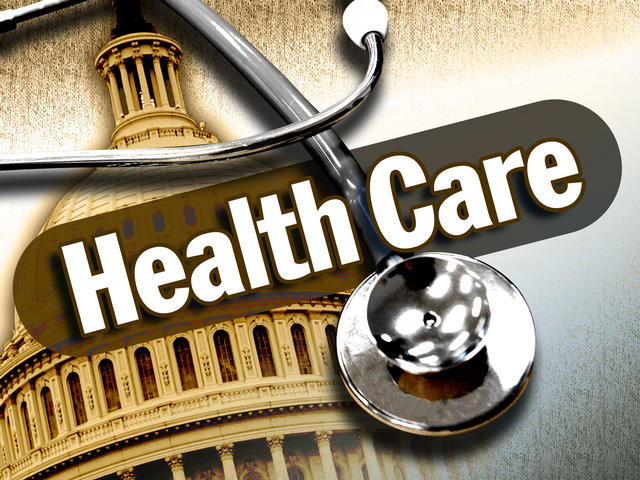Written by: AIHC Blogger
The coronavirus disease 2019 (COVID-19) pandemic has generated a substantial increase in the workload of health care professionals leading to physical and mental distress among professionals resulting in an increase in burnout.
Burnout is defined as a work-related syndrome that affects normal life. It is caused by a prolonged response to chronic interpersonal stressors at work. According to an article in the National Library of Medicine entitled “Job Burnout,” burnout is a prolonged response to chronic emotional and interpersonal stressors on the job and is defined by the three dimensions of exhaustion, cynicism, and inefficacy.

A Vicious Cycle - The health care professionals experiencing burnout have a higher tendency to step aside which increases the loss of educated professionals, continuing the cycle of burnout within the profession.
The pandemic exacerbated many of the drivers of physician burnout. Due to COVID-related stress, 1 in 5 physicians intend to leave their current practice within 2 years.
This situation, if not addressed correctly and urgently, is likely to represent a threat to the health care system.
Shortages and maldistribution of health care workers, particularly of certain types of providers such as primary care providers, dentists, psychiatrists, and behavioral health providers, were a major concern even before the pandemic. This pandemic has exacerbated stressors in a health care system in which physician burnout, a response to workplace stress, is already epidemic, as cited by a JAMA article published back in 2018.
According to a recent study in Mayo Clinic Proceedings, burnout rate among physicians in the United States (U.S.) spiked dramatically during the first two years of the COVID-19 pandemic. According to the American Medical Association (AMA), researchers found that 2020 marked the end of a six-year period of decline in the overall rate of work-induced burnout among physicians. However, by the end of 2021, the physician burnout rate spiked to a new height that was greater than previously monitored by researchers, which happens to be after 21 months of the COVID-19 pandemic.
“The new physician burnout research builds on landmark studies conducted at regular intervals between 2011 and 2021 by researchers from the AMA, Mayo Clinic and Stanford Medicine. Together, these studies found the overall prevalence of burnout among U.S. physicians was 62.8% in 2021 compared with 38.2% in 2020, 43.9% in 2017, 54.4% in 2014, and 45.5% in 2011. Each study consistently demonstrated that the overall prevalence of occupational burnout among physicians were higher relative to the U.S. workforce.”
According to the study published in JAMA Health Forum, Tracking Turnover Among Health Care Workers During the COVID-19 Pandemic, “Employment turnover among nearly all segments of the health care workforce has not yet fully recovered from the COVID-19 pandemic, with turnover rates among long-term care workers and physicians worsening over time.. . . An estimated 1.5 million health care workers lost employment in April 2020 as clinics temporarily closed and hospitals postponed surgeries and other procedures in an effort to limit the spread of the SARS-CoV-2 virus, the study says.”
The complexities of achieving and maintaining a compliant health care organization increases stress and burnout rates among health care administrators. One of the roles of the health care administrator is executive problem-solver. As caregivers burn out, the stress on administration increases.
Reducing burnout and improving a sense of feeling valued may allow health care organizations to better maintain their workforces post pandemic.
Resources
- Healthcare Workers: Work Stress & Mental Health is published by the National Institute for Occupational Safety and Health (NIOSH) and provides additional insight to why health workers are more likely to experience mental health problems.
- Read more on this topic from the AMA website “Physician Burnout Rate Spikes to New Height.”
- Increase compliance knowledge through education – online training is provided by the American Institute of Healthcare Compliance.

